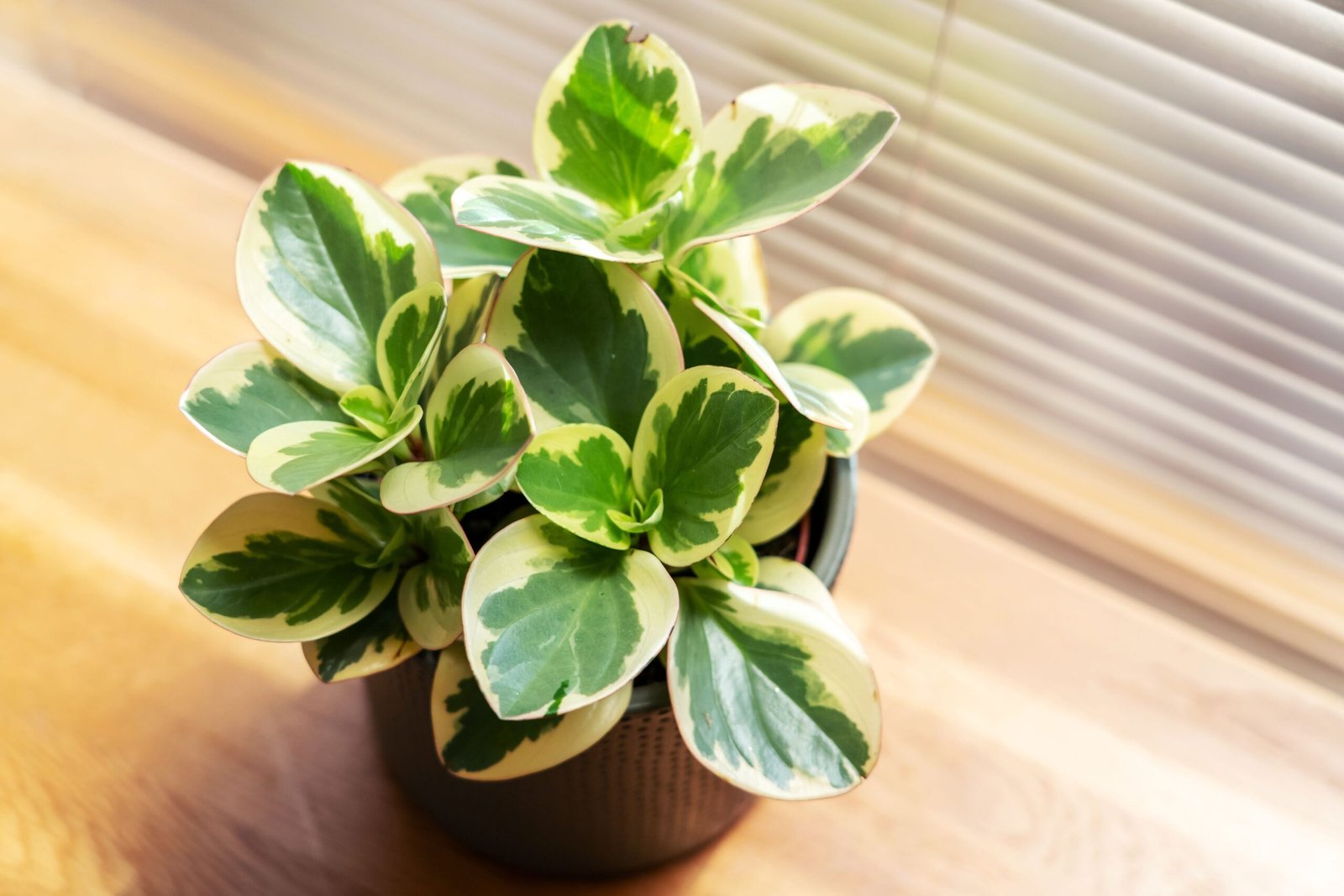How To Grow And Care For Peperomia Plants: Peperomias are beloved houseplants, celebrated for their diverse foliage, compact size, and ease of care. These charming plants, native to tropical and subtropical regions, come in a variety of shapes, sizes, and textures, making them a delightful addition to any indoor garden. This article provides a comprehensive guide on how to grow and care for peperomia plants, ensuring they thrive and bring beauty to your living space.
Understanding Peperomia Plants

Peperomias belong to the Piperaceae family and are known for their succulent-like leaves, which store water and make them relatively drought-tolerant. They are epiphytes, meaning they can grow on other plants or surfaces in the wild. Peperomias are generally slow-growing and compact, making them ideal for small spaces and beginner plant enthusiasts.
Choosing the Right Peperomia Variety
With over 1,000 species, selecting the right peperomia variety can be an exciting venture. Some popular choices include:
- Peperomia obtusifolia (Baby Rubber Plant): Known for its thick, glossy leaves and upright growth habit.
- Peperomia argyreia (Watermelon Peperomia): Features leaves with silver and green stripes resembling a watermelon rind.
- Peperomia caperata (Emerald Ripple Peperomia): Displays deeply textured, heart-shaped leaves.
- Peperomia pereskiifolia: a beautiful peperomia, though less showy than some of the others
Essential Steps for Growing Peperomia Plants

- Selecting the Right Pot: Choose a pot that is the appropriate size for your peperomia plant, ensuring it has drainage holes to prevent waterlogging. Terra cotta pots are a good option as they allow for better aeration and drainage. When repotting, select a container only one size bigger than its current pot.
- Choosing the Right Soil:Peperomias thrive in well-draining soil that retains moisture. A cactus or succulent mix is ideal, providing proper aeration and preventing root rot. You can also create your own mix using equal parts of peat moss and perlite or coarse sand. Orchid potting medium typically works well, or lighten regular potting soil with coconut coir and perlite.
- Providing Adequate Light:Peperomias prefer bright, indirect light to maintain their vibrant foliage colors. Place them in front of a west- or east-facing window or a few feet back from a south- or north-facing window. Avoid direct sunlight, as it can scorch the leaves. In low-light conditions, peperomias can adapt but may exhibit slower growth and leggy stems.
- Watering Properly:Allow the top 2 inches of soil to dry out between waterings. Peperomias are susceptible to root rot, so it’s better to err on the side of underwatering rather than overwatering. Water thoroughly when the soil is dry, ensuring excess water drains out of the pot. Reduce watering frequency during the winter months.
- Maintaining Ideal Temperature and Humidity:Peperomias thrive in warm temperatures between 18°C and 26°C. Protect them from frost and sudden temperature fluctuations. They prefer moderate to high humidity levels, making bathrooms or kitchens ideal locations. If the air is dry, increase humidity by misting the plant regularly, placing it on a pebble tray filled with water, or using a humidifier. Keep them away from radiators as central heating dries out the air.
- Fertilizing Sparingly:Peperomias are slow growers and do not require frequent fertilization. During the growing season (spring to autumn), fertilize monthly with a balanced liquid fertilizer diluted to half strength. Avoid fertilizing during the winter months when the plant’s growth slows down. Ugaoo’s Plant Food Fertilizer Sticks can also ensure proper nutrient flow.
- Pruning and Maintenance:Prune peperomias to maintain their shape and encourage bushier growth. Pinch out the tops of stems to promote branching and remove any yellowing or dead leaves. Use clean scissors or snips to avoid spreading diseases.
- Repotting as Needed:Peperomias are slow-growing and only need repotting every three to four years. When repotting, choose a container one size bigger than the current pot, ensuring it has drainage holes. Use a general, peat-free houseplant compost and add an extra 2-3cm around the rootball.
- Pest and Disease Management:Regularly monitor peperomias for common houseplant pests such as spider mites, mealybugs, and scale insects. Treat any infestations promptly with insecticidal soap or neem oil. Avoid overwatering to prevent root rot and fungal diseases.
- Providing Proper Air Circulation:Ensure good air circulation around your peperomia plant to prevent fungal diseases and promote healthy growth.
Also Read : What Are The Key Factors For Promoting Indoor Baby Rubber Plant Growth?
Conclusion
Growing and caring for peperomia plants is a rewarding experience, bringing a touch of greenery and charm to any indoor space. By following these essential steps – selecting the right pot and soil, providing adequate light and water, maintaining ideal temperature and humidity, fertilizing sparingly, and practicing regular maintenance – you can ensure your peperomia plants thrive and flourish, adding beauty and vibrancy to your home.
FAQs
What type of light do peperomia plants need?
Peperomias prefer bright, indirect light but should be protected from direct sunlight.
How often should I water my peperomia plant?
Allow the top 2 inches of soil to dry out between waterings, and avoid overwatering.
What is the best soil mix for peperomia plants?
A well-draining cactus or succulent mix is ideal for peperomias.
How often should I fertilize my peperomia plant?
Fertilize monthly during the growing season (spring to autumn) with a diluted liquid fertilizer.
How do I prevent root rot in my peperomia plant?
Ensure proper drainage, use well-draining soil, and avoid overwatering.

